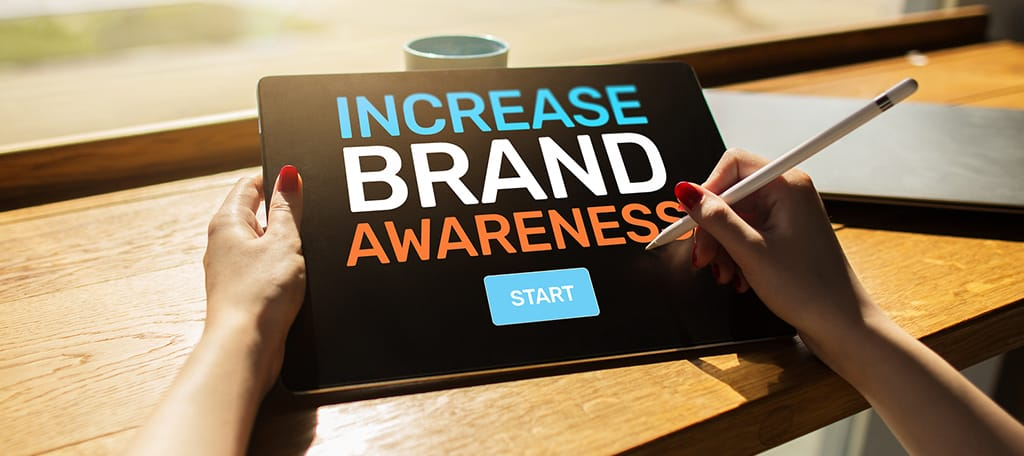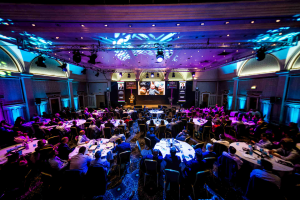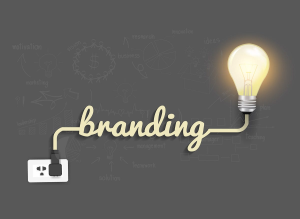In today’s crowded market, brand visibility isn’t enough — brands need to be remembered. That’s where a roadshow event comes in. Unlike digital campaigns or static billboards, a roadshow brings your brand to life right in front of your audience. It’s personal, immersive, and — when done right — unforgettable.
Whether you’re launching a product, expanding into a new market, or trying to reconnect with customers, a well-planned roadshow activation can deliver real, lasting impact.
What Are the Main Objectives of a Roadshow Campaign?
Before a single banner is printed or a roadshow truck hits the road, the campaign needs clear goals. Without defined objectives, you’re just moving from city to city without purpose.
Here are the most common and effective roadshow objectives:
- Increase brand awareness in new or underperforming regions.
- Drive product education through real-time demos and interactions.
- Build trust by having direct, personal conversations with your target audience.
- Generate leads through on-site engagement and data collection.
- Strengthen partnerships by involving local businesses, influencers, or distributors.
The clearer your goals, the easier it is to design an experience that delivers results — not just foot traffic.
How Does a Roadshow Truck Help Capture Attention?
One of the biggest challenges in marketing is getting noticed. A roadshow truck helps solve that problem the moment it pulls up. It’s more than just transportation — it’s your moving billboard, demo room, showroom, and stage, all in one.
Here’s why it works:
- High visibility: A branded truck rolling through city streets turns heads.
- Mobility: You’re not tied to one location. You go where your audience is.
- Custom experiences: The truck can be outfitted with touchscreens, displays, sampling stations, or even small meeting spaces.
- Consistency: No matter the city, the message and experience stay uniform.
A great roadshow truck isn’t just functional — it becomes part of the storytelling. And people love a good story.
What Happens During a Roadshow Activation?
A roadshow activation is the heartbeat of the event. It’s the moment your brand moves from being seen to being experienced.
A typical activation might include:
- Live demos: Letting customers try products, test features, or interact directly with your offering.
- Engagement stations: Games, quizzes, or digital experiences that entertain and educate.
- Staff interactions: Trained team members guiding conversations, answering questions, and gathering feedback.
- Local flair: Music, food, or collaborations that reflect the culture of the city you’re visiting.
When done right, the activation isn’t just fun — it’s purposeful. Every touchpoint brings your audience closer to your brand.
How Can a Roadshow Event Strengthen Customer Relationships?
Face-to-face connection is still one of the most powerful tools in marketing. A roadshow event gives you that rare chance to engage with people in a way that’s personal and genuine.
Here’s what that interaction can build:
- Trust: Seeing the real people behind a brand makes it more human.
- Feedback: You’ll hear thoughts, objections, and suggestions in real time.
- Loyalty: Customers who feel heard and included are more likely to come back — and bring others with them.
This is especially important for businesses in competitive industries. Sometimes the deciding factor isn’t price or features — it’s the connection.
What Are the Long-Term Benefits of Roadshow Marketing?
While a roadshow might last a few weeks or months, the impact can stretch much further. When you invest in memorable, well-executed campaigns, your brand continues to benefit long after the last event wraps up.
Long-term benefits include:
- Improved brand recall: People remember experiences more than ads.
- Increased referrals: Attendees often tell friends or colleagues about the event.
- Content creation: Photos, videos, and testimonials from the road can fuel your marketing for months.
- Deeper market insights: Direct interaction helps you understand your audience better than any survey.
A successful roadshow doesn’t just fill a calendar. It fills your pipeline — and sharpens your strategy.
FAQs About Roadshow Objectives and Benefits
1. How many cities should a typical roadshow cover?
It depends on your goals and budget. Some campaigns visit 3–5 key cities, while larger ones may tour nationwide. It’s better to focus on strategic locations than to spread yourself too thin.
2. Is a roadshow only useful for new product launches?
Not at all. While roadshows are great for launches, they’re also effective for brand awareness, market education, or reconnecting with loyal customers.
3. How do I measure the success of a roadshow event?
Track metrics tied to your objectives — like foot traffic, lead volume, sales conversions, or social mentions. Qualitative feedback from attendees also offers valuable insights.
Thinking of launching a roadshow?
At MENT ADS, we help brands craft unforgettable roadshow experiences — from bold creative concepts to on-the-ground execution. Whether you need a fully equipped roadshow truck or fresh roadshow ideas to meet your marketing objectives, our team is ready to bring your brand to life.
👉 Get in touch today to start planning a campaign that moves people — literally and emotionally.




